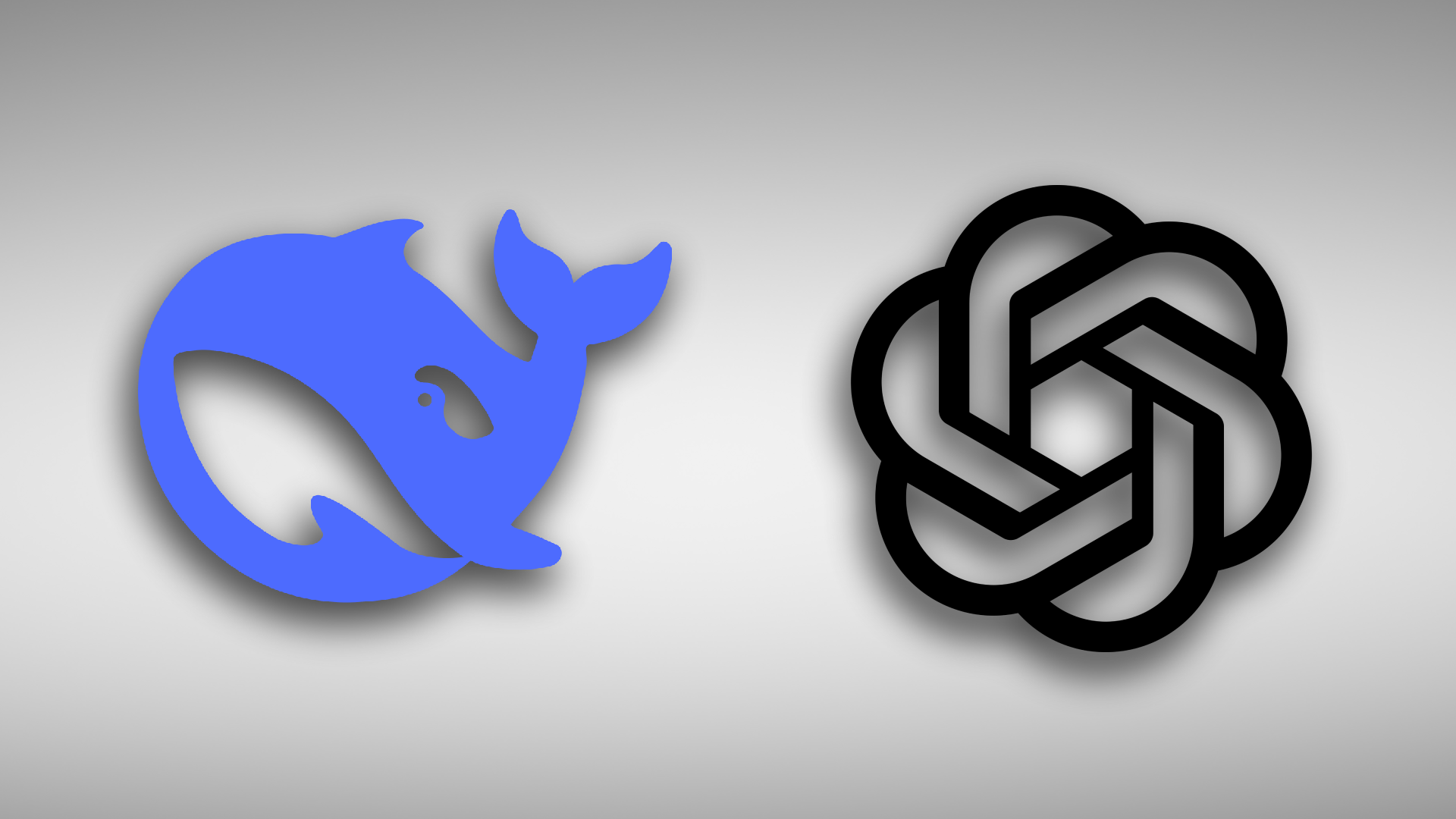In the rapidly evolving world of artificial intelligence (AI), two prominent technologies have emerged as powerful tools for different applications: ChatGPT and DeepSeek. While both are AI-driven platforms, they serve distinct purposes and cater to different user needs. This article explores the key differences between ChatGPT and DeepSeek, shedding light on their functionalities, use cases, and unique features.
1. Overview of ChatGPT and DeepSeek
ChatGPT is a conversational AI model developed by OpenAI. Built on the GPT (Generative Pre-trained Transformer) architecture, ChatGPT is designed to generate human-like text responses. It excels in natural language processing (NLP) tasks, making it ideal for applications like answering questions, providing explanations, generating content, and engaging in dialogue.
On the other hand, DeepSeek is an AI-powered search engine that focuses on delivering precise and relevant search results. It leverages advanced algorithms to understand user intent and retrieve information quickly and efficiently. DeepSeek is tailored for tasks that require fast and accurate information retrieval, such as research, data analysis, and resource discovery.
2. Core Technology and Functionality
ChatGPT:
- Technology: ChatGPT is based on the GPT architecture, which uses deep learning to process and generate text. It is trained on a massive dataset of diverse text sources, enabling it to understand context and produce coherent responses.
- Functionality: ChatGPT is designed for natural language understanding and generation. It can engage in conversations, answer follow-up questions, and provide detailed explanations. Its strength lies in its ability to simulate human-like interactions.
DeepSeek:
- Technology: DeepSeek employs a combination of natural language processing (NLP), machine learning, and possibly other AI techniques to analyze search queries and retrieve relevant information. It may also use web crawling and indexing to gather data.
- Functionality: DeepSeek is optimized for information retrieval. It focuses on understanding user queries and delivering accurate results, often in the form of links, summaries, or direct answers. Its primary goal is to provide users with the most relevant information in the shortest time possible.
3. Use Cases and Applications
ChatGPT:
- Customer Support: ChatGPT can handle customer inquiries, troubleshoot issues, and provide personalized assistance.
- Content Creation: It can generate articles, blog posts, social media content, and even creative writing.
- Education and Tutoring: ChatGPT can explain complex concepts, answer academic questions, and assist with learning.
- Casual Conversation: It can engage users in friendly dialogue, making it useful for entertainment or companionship.
DeepSeek:
- Research: DeepSeek is ideal for finding academic papers, articles, and other resources.
- Data Retrieval: It can quickly locate specific information, such as statistics, facts, or technical details.
- Web Search: DeepSeek provides a streamlined search experience, helping users find websites, products, or services.
- Knowledge Discovery: It can assist users in exploring new topics by delivering relevant and reliable information.
4. Interaction Style and User Experience
ChatGPT:
- ChatGPT offers a conversational and interactive experience. Users can ask questions, refine their queries, and engage in back-and-forth dialogue. The responses are often detailed and contextually relevant, mimicking a human-like interaction.
DeepSeek:
- DeepSeek provides a traditional search experience, prioritizing speed and accuracy. Users input a query, and the platform delivers results in a structured format, such as lists of links, summaries, or direct answers. The interaction is more transactional and focused on efficiency.
5. Development and Ownership
- ChatGPT: Developed by OpenAI, a leading research organization focused on advancing AI technology. OpenAI is known for its contributions to the field of AI, including the development of the GPT series.
- DeepSeek: Developed by a different entity, likely specializing in search engine technology and information retrieval. While less widely known than OpenAI, DeepSeek represents a focused effort to enhance search capabilities using AI.
6. Key Differences at a Glance
| Feature | ChatGPT | DeepSeek |
|---|---|---|
| Primary Purpose | Conversational AI and text generation | Information retrieval and search |
| Core Technology | GPT architecture, deep learning | NLP, machine learning, web crawling |
| Use Cases | Customer support, content creation, education | Research, data retrieval, web search |
| Interaction Style | Conversational and interactive | Transactional and results-oriented |
| User Experience | Human-like dialogue | Fast and accurate information delivery |
| Developer | OpenAI | Specialized search engine developer |
7. Conclusion
While both ChatGPT and DeepSeek are powered by AI, they serve fundamentally different purposes. ChatGPT excels in generating human-like text and engaging in conversations, making it a versatile tool for communication and content creation. In contrast, DeepSeek is designed for efficient information retrieval, providing users with quick and accurate search results.
Understanding the differences between these two platforms can help users choose the right tool for their specific needs. Whether you’re looking for a conversational AI companion or a powerful search engine, both ChatGPT and DeepSeek offer unique capabilities that showcase the transformative potential of AI in today’s digital landscape.



